
40+ Monthly Management Report Templates in PDF | Google Docs | Excel | Apple Pages
Managers usually write reports, and they have to be submitted every month to the higher authorities of a company. These…
Sep 16, 2023
It’s very important that a lot of businesses are able to live up to standards, whether they’re internal ones or standards that are mandated by the government. So when the time comes for an auditor to evaluate a particular business, it’s important that they’re able to provide as much information as they can regarding whatever they covered. You can also like hr audit reports.

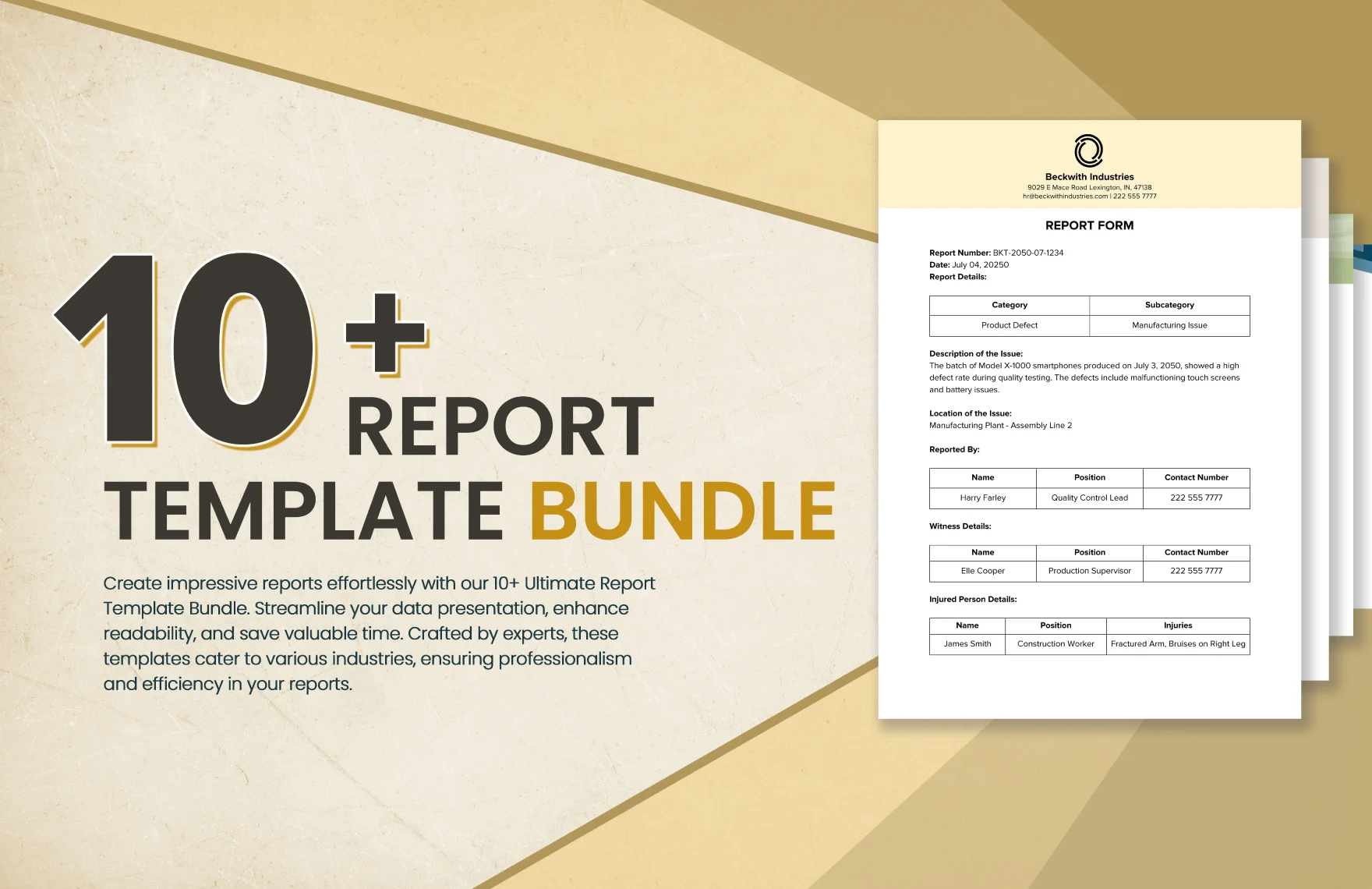
This means that they will need to come up with a sample report which is able to point out all the information they have obtained during their evaluation. And that’s why this article will teach you all that you need to know to create an audit report that will give you the information you’re going to need about a particular business.
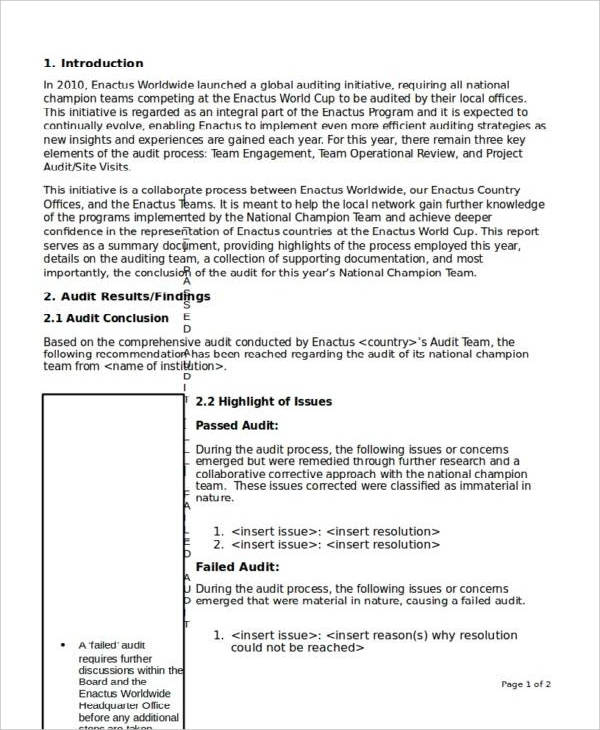 enactus.ca
enactus.ca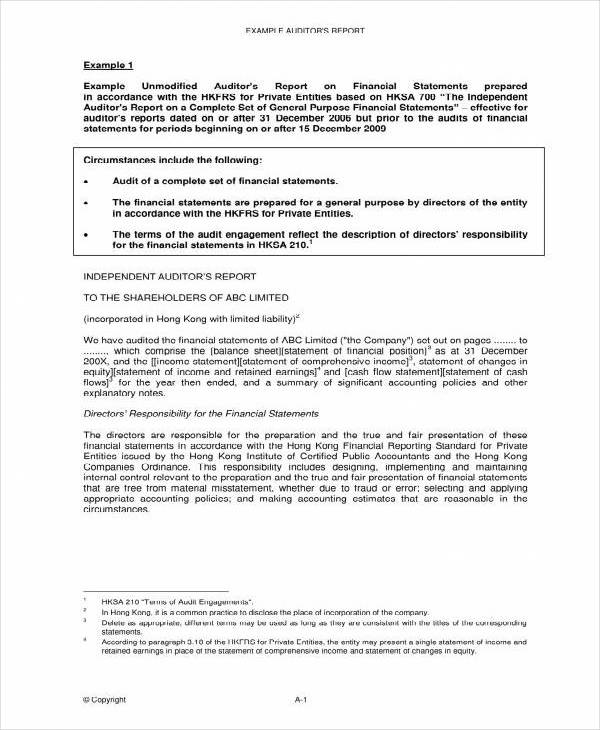 hkicpa.org.hk
hkicpa.org.hk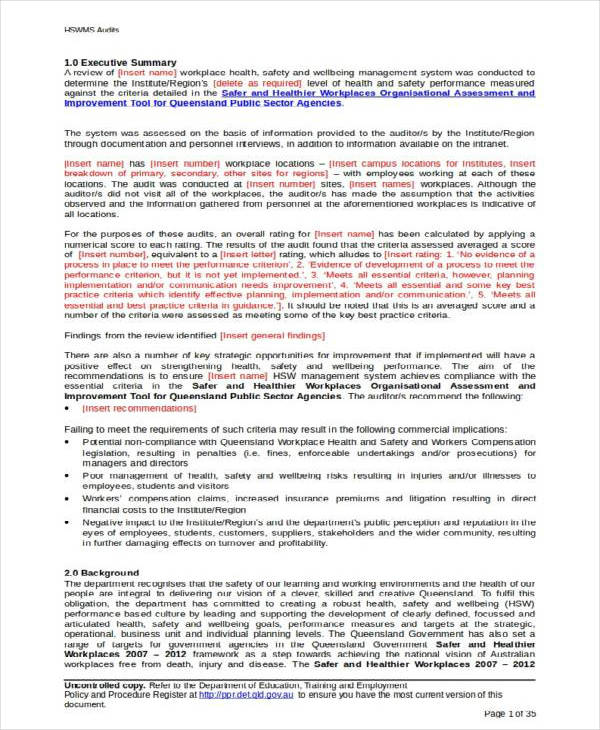 ppr.det.qld.gov.au
ppr.det.qld.gov.auAlthough this particular type of audit is one that’s meant for the business’s daily operations, you’ll need to know what kind of daily audit you’ll be making. An audit is considered an official examination to verify that proper policies and procedures were followed. What this basically means is that the audit can take up many forms. You may also see quality audit reports.
So here are a few examples that you can make:
Before you even think about writing, you’re going to have to go through the results of your daily audit and make an outline for yourself based on all the sections that you’re going to cover. A standard outline is comprised of headings, marked by Roman Numerals, and subsections that use letters, numbers, or lowercase Roman Numerals. From there, you’ll have to go with whatever organizational strategy that you think will work for you as you’re creating your report. You may also see communication audit report templates.
For example, let’s say that you want to check how a business is doing in terms of handling resources. You can categorize each of these resources based on what they are or how they’re used so that it will be easy for you to outline whatever information you managed to find. You may also see compliance audit report templates.
This is the very beginning where you will be providing an overview of whatever the reader will need to know about before he or she will go through the report. This is also the section where you can provide any kind of background that the reader would want to hear regarding the audit you’ve done. You may also see forensic audit report templates.
When you’ve finally understood what kind of daily audit report you’re supposed to be doing, then the next step is to write about your findings. This is where you share the positives and negatives about the audit. It’s important that you balance both out and that you don’t just focus on one particular aspect. The information will come in very handy, especially for those businesses that need to figure out the means by which they can solve the negative aspects. You may also see compliance reports.
As you’re providing the positives and negatives, be sure that you don’t make things sound opinionated. You’re judging your findings based on the standards that have been sent to you by the government so you’re going to have to look at things from an objective standpoint. Also, create bullets where you can neatly place every positive and negative you manage to find. This way, everything will look more organized and the reader will have a much easier time going through what you’ve written. You may also see clinical audit reports.
By this point in the report, you want to be able to explain certain things regarding the audit that was just conducted. You can easily do this by answering these simple questions:
This audit is a basic disclaimer people will look for to make sure the audit was conducted correctly. It’s important that you point out that the standards you followed when conducting the audit are one that was set by the government. That way, the reader can rest assured that the audit was conducted whilst following proper procedures and standards. You can also check out stock audit report templates.
Once you’re done writing everything about the audit report, then the last step is for you to come up with the executive summary. As its name suggests, this basically summarizes everything that you’ve written in the plan in a single page. So you have to make sure that it includes the following:
Remember that it’s very important that you’re able to keep things short, but to the point where you’re still able to provide the gist of the entire report. Try to keep everything within a single page as readers who want to go through the report quickly will definitely appreciate it. You can also like data audit reports.
If you would like to learn about the other types of reports that you can possibly make, then all you have to do is go through our site. It contains many different articles and each of them has information that may be of use to you. Just make sure that you read these articles thoroughly so that you can make the most out of whatever they have to offer you. You can also like management audit report templates.

Managers usually write reports, and they have to be submitted every month to the higher authorities of a company. These…

Have you ever tried sending a Report Outline for corrective action to a company about bad food, product, or service?…

Crafting an event report is an essential step in analyzing the success and impact of any event, whether it’s a…

A report card is one of the crucial elements of recording the results of an evaluation of a leaner. Many…

Getting ready with your inspection report? Not satisfied with your report’s format? Don’t you worry? We have here an array…
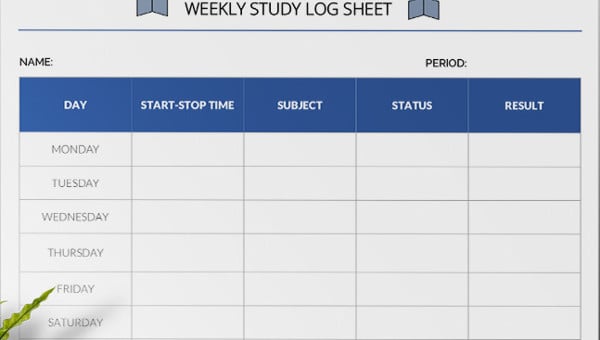
Every organization must be careful while creating a daily or weekly activity report as it is with the help of…

The audit report is the ending result of an audit and can be utilized by the receiver person or organization…

Audit committee reports present a periodic and annual picture of the financial reporting method, the audit process, data on the…

Timely reports are vital for any logistics industry as data is essential to help make decisions. Plus, the industry’s scope…